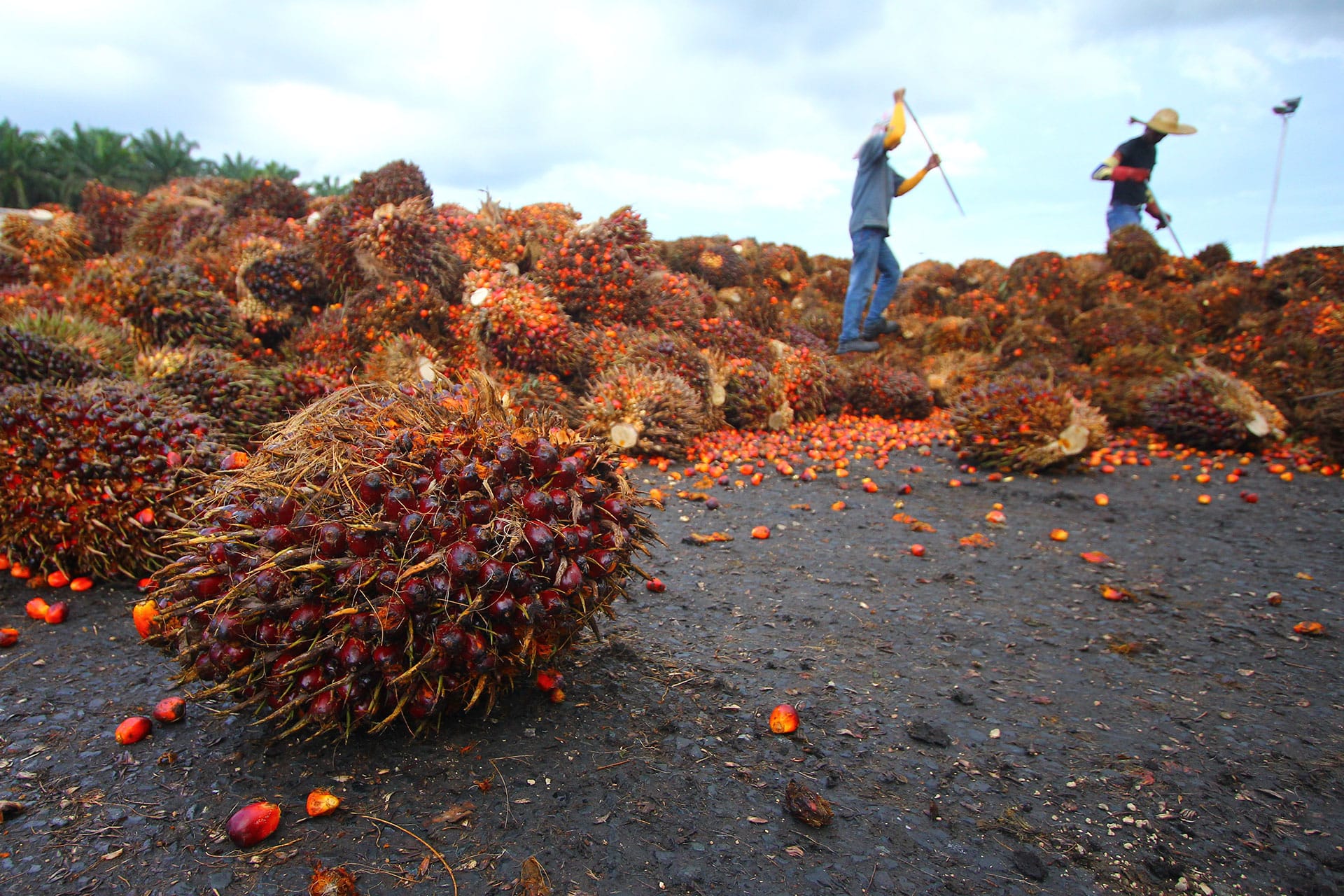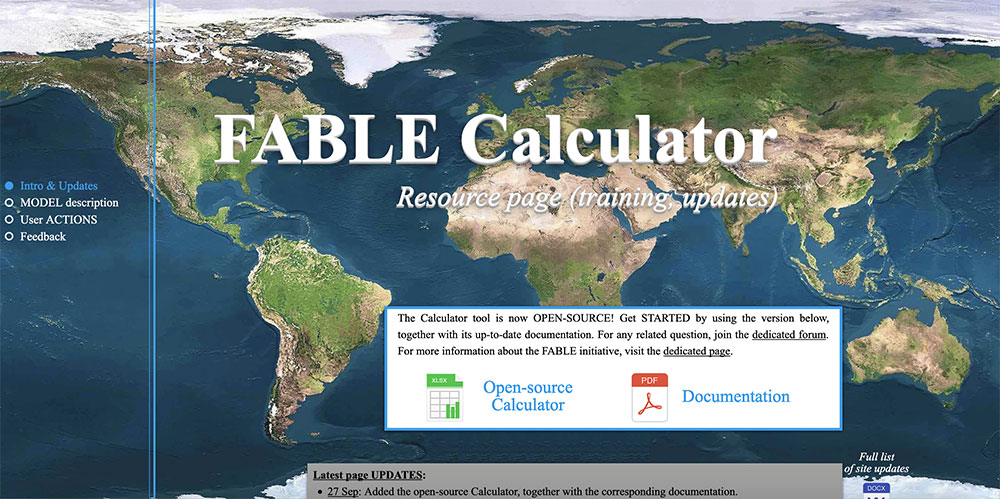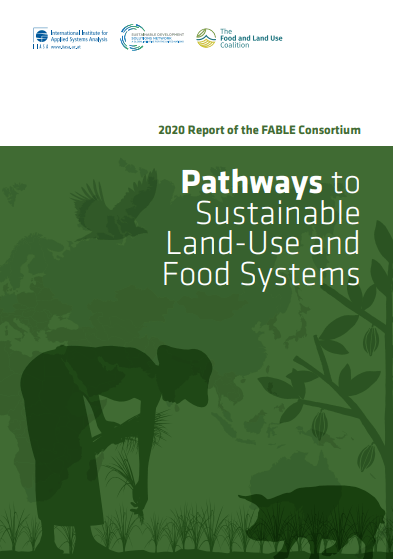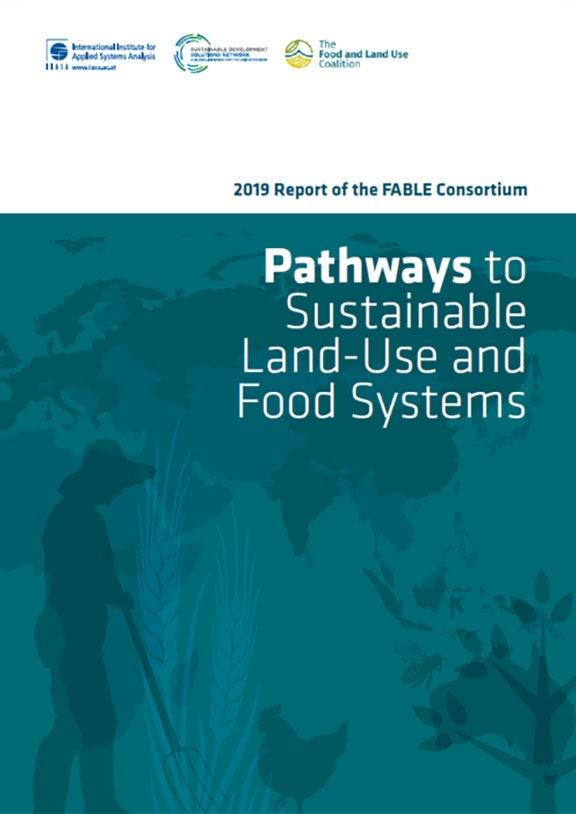Food and land use context in Malaysia
Located in Southeast Asia, Malaysia’s peninsula and Borneo are separated by the South China Sea and surrounded by a multitude of small Malaysian islands. Despite its relatively limited size, Malaysia is one of the countries with the richest biodiversity in the world. The country is mostly composed of forested hills and mountains, coastal plains, as well as mangroves and peat forests that flourish under an equatorial climate. The country counts many endemic species, notably on Borneo, and a great variety of animals, with hundreds of species of mammals, birds, reptiles, and thousands of insects. However, more than 500 species are endangered in Malaysia, notably due to widespread deforestation. Logging and agriculture are contributing to deforestation, with nearly three quarters of cropland covered by palm oil plantation and the rest mostly devoted to rice and rubber—Malaysia is one of the main rubber exporters in the world. Agriculture is an important sector, employing 10% of the working population and producing 7.3% of GDP.
Food and land use context in Malaysia
Participating institution: Jeffrey Sachs Center on Sustainable Development, Sunway University
Team members: Andrew Fan Chiah Howe, Chen Jit Ern, Danesh Prakash Chacko, Goh Chun Sheng, Low Wai Sern
Publications: 2019 Report of the FABLE Consortium. Pathway for Malaysia.













